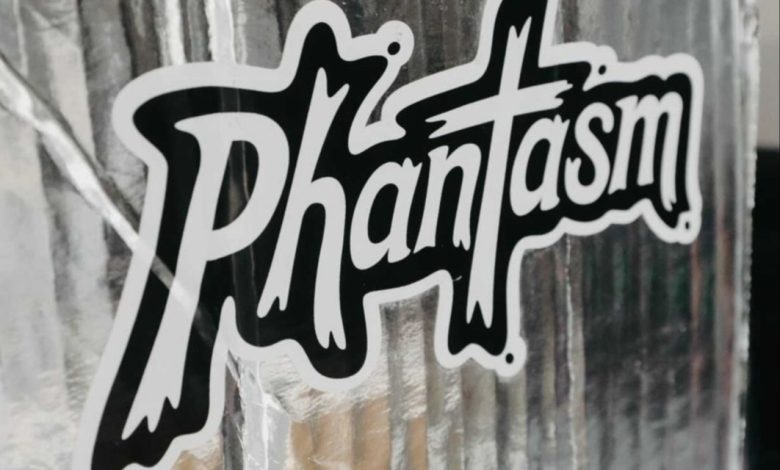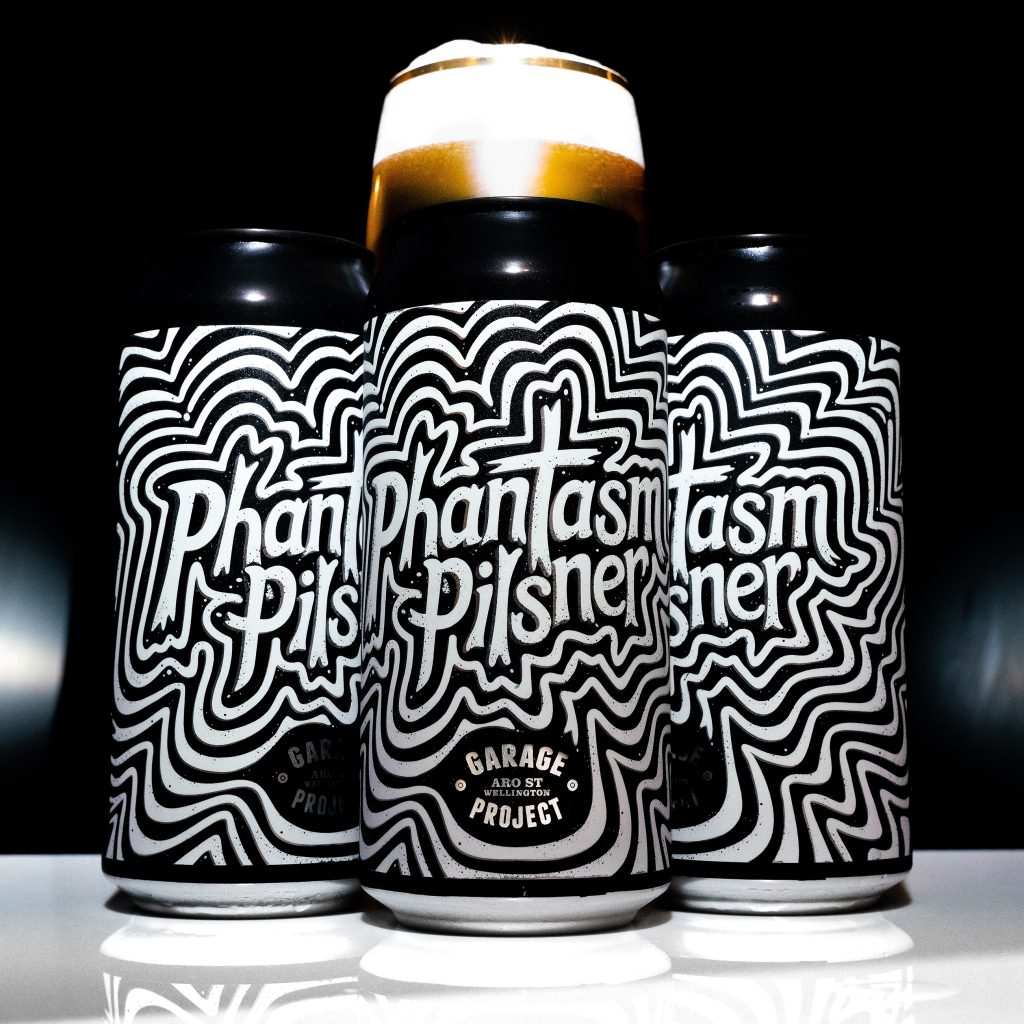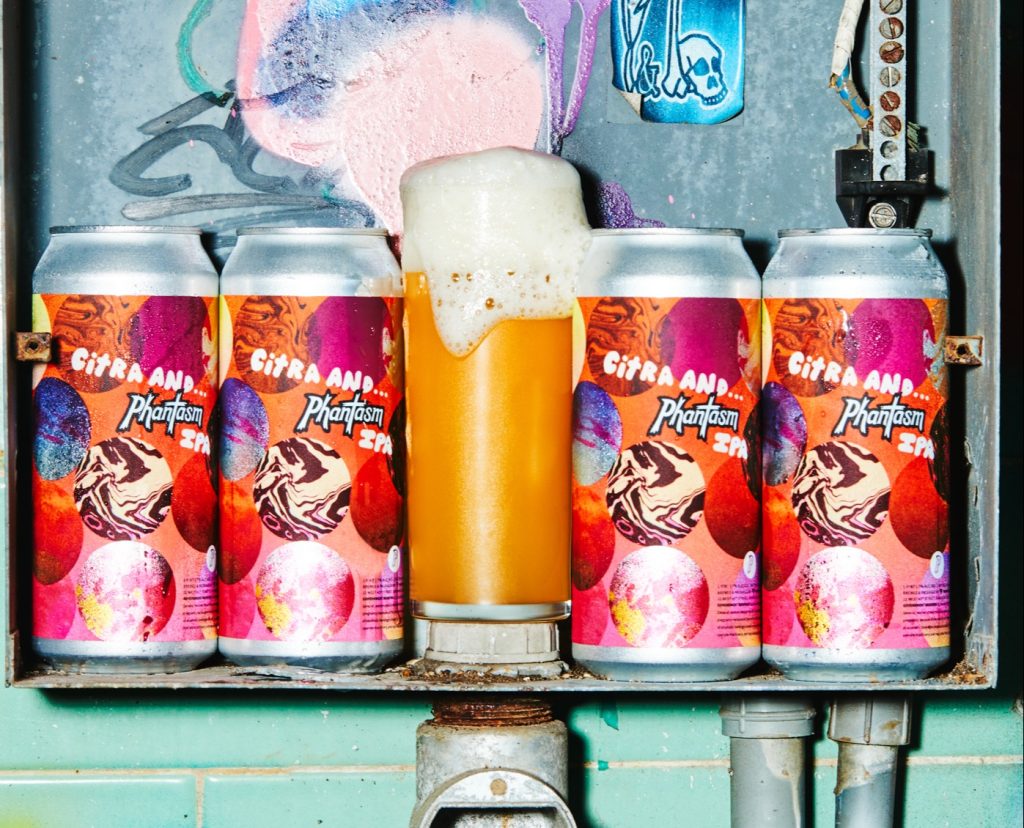
Olfactory senses play a major role in one’s interpretation of overall flavor. In beer, those impactful aromas are chiefly derived from yeast-borne esters; malted grains, especially those that are roasted or smoked; potential adjuncts, or additional ingredients, such as fruit, herbs and coffee; or late-addition hops.
Brewers’ methods for maximizing extraction of aroma compounds from the latter have come a long way in recent years, thanks mostly to consumers’ increasing thirst for hazy IPAs (India pale ales) and other new-age hoppy beers focused on stripping back bitterness to allow the inherent character of hop varieties shine through.
An assortment of new, concentrated hop products has aided those advancement efforts, but the biggest modern-day game-changer for hop aroma has roots in the wine world and hails from Down Under.
Talk Thiols to Me
Jos Ruffell is known by nth-level beer fans as the cofounder of Wellington, New Zealand’s Garage Project. The brewery’s exotic sour, farmhouse and hop-forward ales have wowed palates for over a decade, but it’s Ruffell’s side hustle that has afforded him the most attention in recent years.
Phantasm—the name of that company and its flagship product—has taken the brewing world by storm.
The product, a fine powder made from dried post-press Marlborough Sauvignon Blanc grapes, is rich in thiol precursors. When introduced during the brewing process (typically at the whirlpool phase) and metabolized by thiol-capable yeast strains, those bound bio-transformative organic compounds—the thiol precursors—are freed, producing vibrant fruity aromas reminiscent of guava, passion fruit and grapefruit.
Thiols are a relatively new frontier for most brewers, but Ruffell has been interested in the science behind them and how they might be applied to beermaking for a decade. His native New Zealand has been ground zero for thiol research as it pertains to the wine industry, with evolutionary biologists working to better understand how to unlock thiols in Marlborough’s expressive Sauvignon Blanc grapes.
“At one point, I learned certain New Zealand-grown hops were also high in thiols, and ever since then it’s been an area of interest for me,” says Ruffell. “It was a natural shift to try to understand these compounds and how they might be applicable to brewing. We undertook our first trials during the 2019 harvest to understand whether the thiol precursor compounds survived through the pressing process and were still present in meaningful amounts in the pressed skins. After determining they were viable, we dove into multiple trials focused on best methods for preserving, extracting and concentrating the precursors.”
Ruffell and his team work closely with Marlborough’s top Sauvignon Blanc producers, sourcing from particular blocks that are known for yielding fruit with high-thiol output. They go so far as to assist with harvest, even doing so in the middle of the night to take advantage of cooler weather, which preserves aromatic precursors in wine grapes.
“It’s all about getting the best possible material to begin with,” says Ruffell. Rather than experiment with other varieties or viticultural areas, he is committed to Marlborough and Sauvignon Blanc. “The terroir is so unique and there is no growing region in the world that can match the intensity and aroma that the area can produce.”
Ruffell brought Phantasm to market in late 2020, marketing it primarily as a tool for aroma-enhancement in hazy IPAs. The online sharing of early successes experienced by popular brewing companies, including Garage Project, created fast, fervent demand that far exceeded supply.
Outside of the core four (hops, malt, yeast, water), Phantasm is the hottest brewing ingredient on the market today. While availability remains an issue, it has improved significantly.

Yeast Ambition
Fortunately for brewers who can get their hands on it, securing yeast strains equipped to liberate the en vogue ingredient’s thiols is simple. One of the first standouts in that fermentation field is Cosmic Punch, the inaugural strain in a “Thiolized series” from Chicago-based lab Omega Yeast. Ruffell reports seeing roughly ten times greater thiol-release when that product is utilized compared to non-Thiolized hazy strains such as London Ale III.
“Cosmic Punch is a version of our popular hazy-IPA strain, British V, that takes advantage of naturally occurring yeast enzyme Irc7 to release thiols,” says Lance Shaner, owner of Omega Yeast. “We have since released three strains—Helio Gazer, Star Party and Lunar Crush—which rely on a bacterially sourced enzyme called PatB to release thiols from precursor forms. They release much higher levels of thiols than Cosmic Punch and help those aromas fight through aggressive levels of hopping to boost a tropical element.”
Omega Yeast’s Director of Research and Development, Dr. Laura Burns, spent over a year studying scientific literature about yeast’s dormant ability to release thiols from precursor compounds present in malt and hops. The Thiolized series of yeasts are engineered to activate that ability and have proven extremely effective in doing so. Along the way they have become Omega’s top-selling products.
“It’s all about giving the yeast the genes to express the right enzyme at the right time,” says Shaner. “Thiols from hops and malt are locked up in non-aromatic forms that require a beta-lyase enzyme to break a chemical bond between an amino acid and the aromatic thiol. The yeast expresses the enzyme during fermentation, resulting in high levels of a thiol called 3SH, which presents as passionfruit or grapefruit peel, lending the finished beers an enhanced tropical aroma.”
Shaner believes the best Thiolized beers strike a balance between thiols and hop aromatics, creating a layered bouquet that’s more than the sum of its parts. In beers brewed with Phantasm, some of those parts are amplified by the presence of its trademark thiols.
“In addition to unlocking our own precursors, we also see an entourage effect when Phantasm is added alongside hops that help boost the aroma-release of certain hop-derived thiol compounds,” says Ruffell. “Essentially, brewing with Phantasm is like an MSG addition for aroma.”

Practice Makes Perfect
Being so new and scarce, brewers seek out Phantasm-infused beers from their contemporaries in order to develop a sensory palate for the ingredient and to better understand how it is expressed in the final product. This includes Ruffell, who recently had the opportunity to sample 100 such beers as part of the Phantasm Cup, a new competition planned to be held annually.
The inaugural event was held in December last year in Chicago, with a grand prize of an all-expenses-paid trip to New Zealand during hop harvest. That excursion went to North Carolina-based Wise Man Brewing, which won for a New Zealand-hopped pilsner incorporating the theme ingredient.
Other standout Phantasm beers include a trio of collaboration beers brewed by San Diego’s Harland Brewing, North Park Beer Co. and Pure Project Brewing, each of which featured different beer styles and hop combinations that allowed the brewers to share what they learned with one another. Another California-based education-inspired collab from Alvarado Street Brewery and Green Cheek Beer Co., a double-dry-hopped hazy imperial IPA dubbed Thiology 101, also impressed.
Ruffell is also proud of Garage Project’s Fizz Palace, a beer with a full aroma belying its sub-1% alcohol-by-volume. The ultra-session ale was an R&D project, as was Ruffell collaborating with Yakima Chief Hops to develop an experimental blend of Citra, Mosaic and Simcoe Cryo hops combined with Phantasm powder.
He is also working with Freestyle Hops to create a “Mega Motueka” blend of Phantasm and Motueka hops sourced from lots containing above-average amounts of thiol precursors.
Ruffell has numerous projects lined up back home, including expanding his Phantasm operation by adding square footage and processing equipment. Both of those investments will result in increased production capabilities, thus making Phantasm more widely available.
But the main focus for 2023 is introducing a liquid version of Phantasm that has been in development for the past two years. Trials have shown the liquid to be up to 40 times as concentrated as the powder and successful in contributing enhanced aroma to finished beers.
“As brewers ourselves, we’re excited to be on this journey with breweries to help them unlock interesting new aromas in their beers,” says Ruffell. “Thiols are a relatively new area for brewing and there is a lot we still don’t completely understand. That can be equally frustrating and exciting. The next few years are going to see some large leaps in new tools and ingredients. It’s a great time to be a beer-lover and we look forward to arming breweries with exciting ingredients to push the boundaries of thiol-release in beer.”
This article originally appeared in the March 2023 edition of Full Pour Magazine

